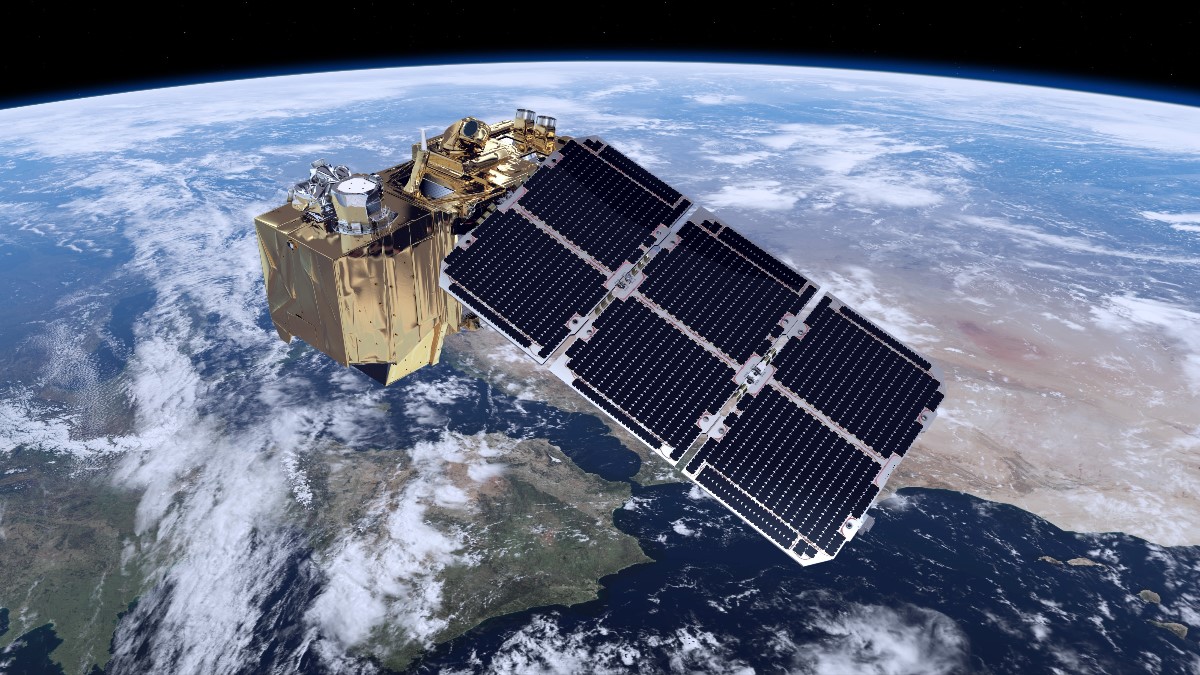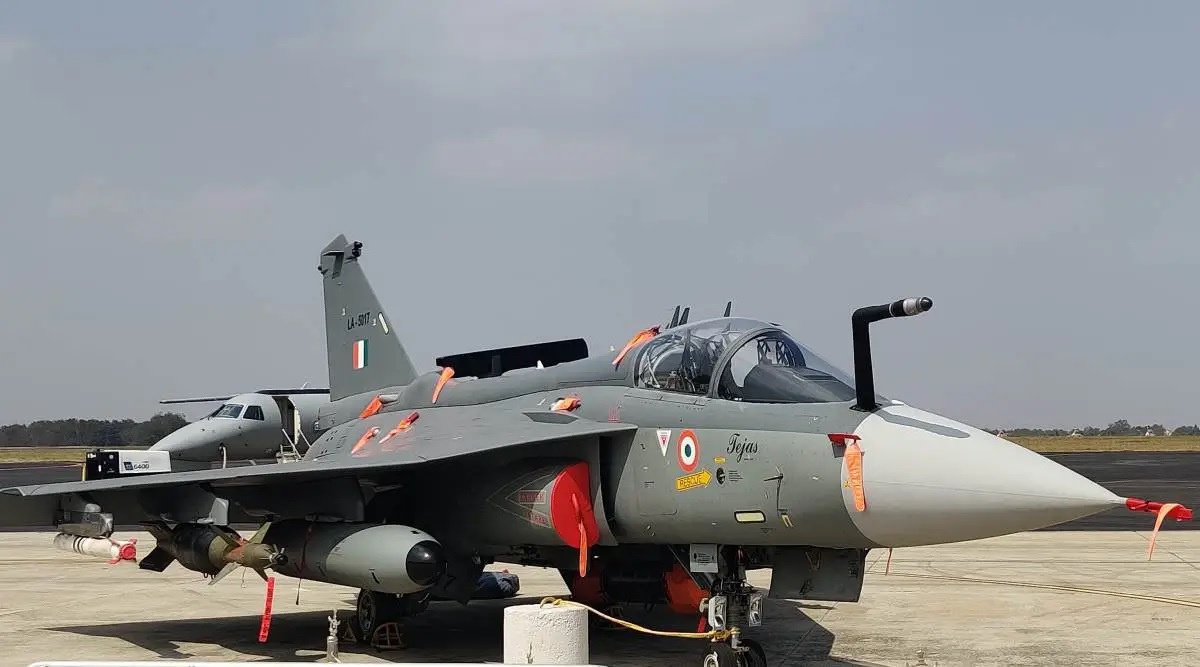Airbus-Built Sentinel-2C Satellite Successfully Launched

The successful launch of the Airbus-built Sentinel-2C satellite from Kourou, French Guiana, marks a pivotal moment for Earth's environmental monitoring. Launched aboard a Vega rocket, this satellite is the third in the Copernicus Sentinel-2 constellation and is designed to replace Sentinel-2A, which is set to retire. Positioned in a low Earth orbit at 780 km, Sentinel-2C will soon enter operational service after a series of initial tests and commissioning.
Sentinel-2C is an integral part of the European Union’s Copernicus programme, aimed at providing high-resolution imagery for monitoring various environmental and human activities. Copernicus, managed by the European Commission in collaboration with the European Space Agency (ESA), plays a key role in observing Earth's changing landscapes, helping tackle global challenges such as climate change, natural disasters, and sustainable land use.
The Sentinel-2C satellite, like its predecessors Sentinel-2A and 2B, carries a high-resolution multispectral imager. This cutting-edge technology enables the satellite to capture optical images across 13 spectral bands, ranging from the visible to the short-wave infrared spectrum. These images are crucial for a wide range of applications, including agriculture, forestry, land use, and water quality monitoring. With a pixel resolution of 10, 20, or 60 meters, depending on the spectral band, and a wide swath of 290 km, the satellite ensures comprehensive coverage of Earth's land surfaces and coastal waters every five days.
One of the most striking aspects of Sentinel-2C is its ability to capture vast amounts of data—up to 1.5 terabytes per day. This data is compressed, formatted, and stored using one of the most advanced Mass Memory and Formatting units currently in space. It is then transmitted to ground stations via a high-speed laser link known as the EDRS SpaceDataHighway, in addition to the traditional X-band link. This ensures that vital information is relayed quickly and efficiently for processing and analysis.
Marc Steckling, Head of Earth Observation at Airbus, emphasized the importance of the Sentinel-2C launch, stating, “This launch gives the world another important sensor to monitor our changing planet and provides crucial continuity since the first Sentinel-2 satellite launch in 2015.” With Sentinel-2A nearing retirement, Sentinel-2C will ensure the continuation of vital Earth observation services.
In addition to its technological prowess, the Sentinel-2 mission is designed for optimal global coverage. The constellation operates with two identical satellites flying in tandem, but positioned 180° apart in the same orbit. This configuration allows them to capture data from large islands, inland and coastal waters, and all land surfaces every five days. The ability to revisit the same location so frequently is essential for applications like tracking changes in vegetation, detecting natural disasters such as floods and wildfires, and even monitoring glaciers and snow cover.
The Sentinel-2 satellites are essential for monitoring land use changes, urban sprawl, and environmental degradation. They provide real-time data on soil sealing, agricultural productivity, deforestation, and much more. These capabilities not only help scientists and environmental agencies but also assist humanitarian efforts by providing valuable information in the aftermath of natural disasters like landslides or floods.
Sentinel-2C’s successful launch ensures that the Copernicus programme can continue to deliver high-quality, up-to-date imagery of Earth. This continuity is vital for researchers, governments, and organizations that rely on accurate environmental data for decision-making, crisis management, and policy development.
In summary, the Airbus-built Sentinel-2C satellite is set to become a cornerstone in Earth's environmental monitoring efforts. By replacing Sentinel-2A and working alongside Sentinel-2B, it will ensure that the Copernicus programme can continue providing critical data for years to come. As the world faces increasing environmental challenges, the Sentinel-2 mission stands as a testament to the power of space technology in supporting sustainability and addressing global issues.


